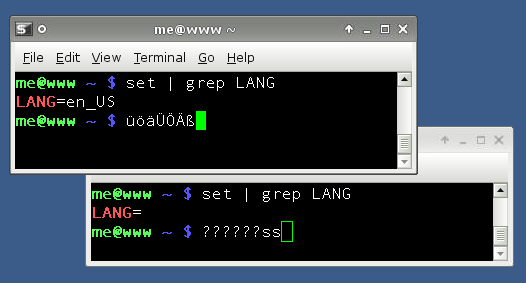Installing System Rescue (CD) to a flash drive

System Rescue, the project formerly known as System Rescue CD, has moved from being based on Gentoo to being built on Arch Linux packages.
With this their ISO layout changed substantially so when updating my trusty recue USB flash drive, I could not just update the kernel, initrd and the root filesystem image as I had typically done every other year before.
The "Installing on a USB memory stick" documentation is good for Windows (use Rufus, it's nice) but rather useless for Linux. They recommend a dd or the fancy graphical version of that, called usbimager.
I much prefer to have a flash drive that I can write to over an image of a CD (ISO) written 1:1 onto the flash media.
The basic idea is to use the bulk of the System Rescue ISO contents but amend these with your own grub and syslinux so they work as intended over the supplied ones that are bound to the ISO layout a bit too much.
I did this on Debian Buster but with some adjustments to paths and what packages to install, any recent Linux distribution should do:
Continue reading "Installing System Rescue (CD) to a flash drive"



